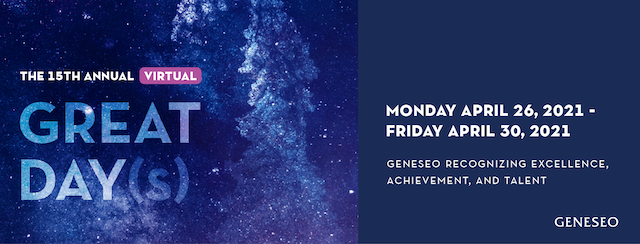
Submission Type
Poster
Start Date
April 2021
Abstract
Three-dimensional modeling of physical objects has become increasingly applicable in the field of geology. A digital collection of samples is important to have in the event of physical loss, as a means to communicate among scientists in reference to a particular sample, to aid in the preservation of original samples, and is particularly relevant in today’s pandemic. Digital models allow for the option of remote learning for students and stops the need for the sharing of physical samples. It also increases accessibility of samples. The problem of generating a 3D model of an object has already been solved; this research focuses on maximizing the efficiency of this process. This process involved taking varying numbers of photos of a sample on three axes of rotation, at three angles of the camera lens. The photos were processed in Adobe Photoshop and imported into Agisoft Metashape Pro to produce the 3D models. For this experiment, four models were built using 432 photos, 216 photos, 108 photos, and 54 photos, with 216 photos yielding the best results. The computers available for this research supported only this medium resolution, however the best quality model would require a faster computer to process in a reasonable time.
Recommended Citation
Barreca, Jaclyn and Bourgeois, Frazer, "024— Optimizing 3D model construction of rock and fossil specimens to increase accessibility in an online learning environment" (2021). GREAT Day Posters. 98.
https://knightscholar.geneseo.edu/great-day-symposium/great-day-2021/posters-2021/98
Included in
024— Optimizing 3D model construction of rock and fossil specimens to increase accessibility in an online learning environment
Three-dimensional modeling of physical objects has become increasingly applicable in the field of geology. A digital collection of samples is important to have in the event of physical loss, as a means to communicate among scientists in reference to a particular sample, to aid in the preservation of original samples, and is particularly relevant in today’s pandemic. Digital models allow for the option of remote learning for students and stops the need for the sharing of physical samples. It also increases accessibility of samples. The problem of generating a 3D model of an object has already been solved; this research focuses on maximizing the efficiency of this process. This process involved taking varying numbers of photos of a sample on three axes of rotation, at three angles of the camera lens. The photos were processed in Adobe Photoshop and imported into Agisoft Metashape Pro to produce the 3D models. For this experiment, four models were built using 432 photos, 216 photos, 108 photos, and 54 photos, with 216 photos yielding the best results. The computers available for this research supported only this medium resolution, however the best quality model would require a faster computer to process in a reasonable time.


Comments
Sponsored by Scott Giorgis